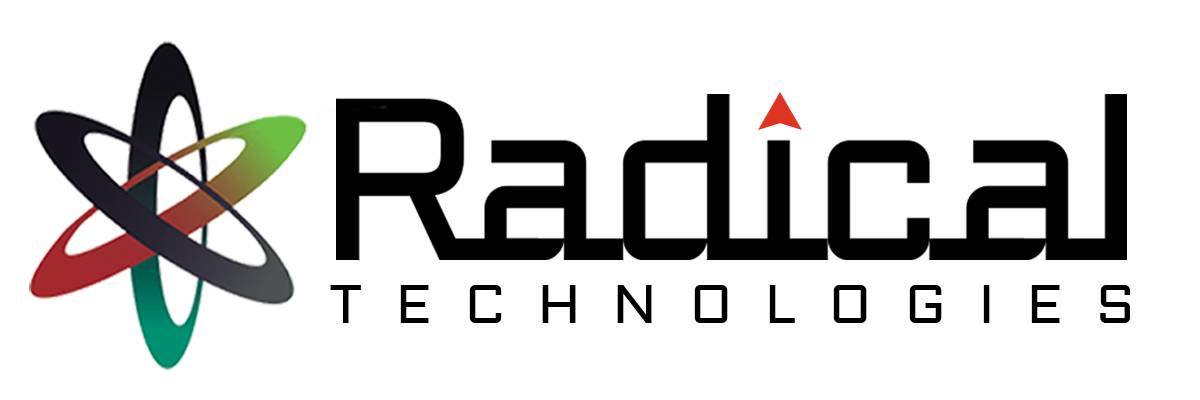- Home
- About Us
- Courses
- Combo Courses
- Programming Combo Courses
- Non Programming Combo Courses
- Linux & Cloud Combo
- Linux & DBA Combo
- AWS & Devops Combo
- Salesforce Combo
- Azure Admin Combo
- Azure Cloud & Azure Devops Combo
- Tableau Informatica Combo
- Power BI Informatica Combo
- Power BI & MSBI Combo
- Salesforce Manual Testing Combo
- Salesforce Tableau Combo
- Data Analytics Combo
- MCSA Azure Combo
- Powerplatform Combo
- ADF & Power BI Combo
- BA & Tableau Combo
- PG Diploma
- Batch Schedule
- Job Openings
- Certifications
- Gallery
- Contact Us
SALESFROCE MANUAL TESTING COMBO

Salesforce is a cloud-based CRM platform that helps organizations manage customer data, sales processes, customer service, marketing, and more.Manual testing is a software testing approach where testers manually execute test cases without the use of automation tools. Testers interact with the Salesforce application’s user interface to verify its functionality, usability, and adherence to business requirements.
3975 Satisfied Learners
SALESFROCE MANUAL TESTING COMBO Training in Pune/ Online
Courses Included:-
Salesforce Admin + Manual Testing
Duration of Training : 4 months
Batch type : Weekdays/Weekends
Mode of Training : Classroom/Online/Corporate Training
Why Radical Technologies
Salesforce Administrator
Understand relational database
Learn different types of relationships
Learn “Primary Key” – “Foreign Key”
Study Salesforce security of various types
Build custom applications, objects, fields, relationships
Create users and manages their access
Understand standard validations and learn how to apply custom validations
Use Salesforce automation to add business logics
Implement approval process and other business logics with case study
Learn how to manage bulk data request
Use Import-Wizard and Data-Loader to manage bulk data operations
Understand what is security token and how to use it
Learn different Data-Loader commands
Use of “External Id” in Upsert operation (with a real-time example)
Understand importance of analytics for a business
Learn various report formats with report types
Create folders in application and configure different accesses for different users
Create dashboards with different components
Configure dashboard for Home screen
MANUAL TESTING
Introduction :
Manual testing helps discover and record any software bugs or discrepancies related to the functionality of the product. Manual testing can be replaced by test automation. It is possible to record and playback manual steps and write automated test script(s) using Test automation tools. Although, test automation tools will only help execute test scripts written primarily for executing a particular specification and functionality. Test automation tools lack the ability of decision-making and recording any unscripted discrepancies during program execution. It is recommended that one should perform manual testing of the entire product at least a couple of times before actually deciding to automate the more mundane activities of the product. Manual testing helps discover defects related to the usability testing and GUI testing area. While performing manual tests the software application can be validated whether it meets the various standards defined for effective and efficient usage and accessibility.
COURSE CONTENT :
Chapter 1 : Testing Fundamentals
What is testing?
Why is testing necessary?
Economics of Testing
Black Box Testing
White Box Testing
Software Testing Principles
STLC (Software Testing Life Cycle)
Chapter 2 : Testing throughout the software life cycle
Software Development models
Waterfall model
V – Model
Spiral model
Prototype model (RAD)
Agile methodology
Chapter 3 : Static Techniques
Reviews and the test process
Review Process
Inspections and Walkthroughs
Code Inspection
Chapter 4 : Test Design Techniques
Identifying test conditions and designing test cases
Categories of test design techniques
Specification-based or black-box techniques
Boundary Value Analysis
Decision Table Testing
Equivalence Partitioning
State Transition Testing
Use Case Testing
Structure-based or white-box techniques
Code Coverage
Decision Coverage
Statement Coverage
Structural Testing
Experience-based techniques
Error Guessing
Exploratory Testing
Choosing a test technique
Chapter 5 : Test Management
Test Organization
Test Plans, Estimates, and strategies
Test progress monitoring and control
Configuration Management
Risk and Testing
Incident Management
Chapter 6 : Other Testing Types
Function Testing
Volume Testing
Stress Testing
Usability Testing
Security Testing
Performance Testing
Configuration Testing
Reliability Testing
Recovery Testing
Chapter 7 : Introducing Quality Center
The Quality Center Testing Process
Starting Quality Center
The Quality Center Window
Chapter 8 : Specifying Releases and Cycles
Defining Releases and Cycles
Viewing Releases and Cycles
Chapter 9 : Specifying Requirements
Defining Requirements
Viewing Requirements
Modifying Requirements
Converting Requirements
Chapter 10 : Planning Tests
Developing a Test Plan Tree
Designing Test Steps
Copying Test Steps
Calling Tests with Parameters
Creating and Viewing Requirements Coverage
Chapter 11 : Running Tests
Defining Test Sets
Adding Tests to a Test Set
Scheduling Test Runs
Running Tests Manually
Viewing and Analyzing Test Results
Chapter 12 : Adding and Tracking Defects
How to Track Defects
Adding New Defects
Matching Defects
Updating Defects
Linking Defects to Tests
Creating Favorite Views
Learn Salesforce Manual Testing Combo – Course in Pune with Training, Certification & Guaranteed Job Placement Assistance!
Online Batches Available for the Areas
Ambegaon Budruk | Aundh | Baner | Bavdhan Khurd | Bavdhan Budruk | Balewadi | Shivajinagar | Bibvewadi | Bhugaon | Bhukum | Dhankawadi | Dhanori | Dhayari | Erandwane | Fursungi | Ghorpadi | Hadapsar | Hingne Khurd | Karve Nagar | Kalas | Katraj | Khadki | Kharadi | Kondhwa | Koregaon Park | Kothrud | Lohagaon | Manjri | Markal | Mohammed Wadi | Mundhwa | Nanded | Parvati (Parvati Hill) | Panmala | Pashan | Pirangut | Shivane | Sus | Undri | Vishrantwadi | Vitthalwadi | Vadgaon Khurd | Vadgaon Budruk | Vadgaon Sheri | Wagholi | Wanwadi | Warje | Yerwada | Akurdi | Bhosari | Chakan | Charholi Budruk | Chikhli | Chimbali | Chinchwad | Dapodi | Dehu Road | Dighi | Dudulgaon | Hinjawadi | Kalewadi | Kasarwadi | Maan | Moshi | Phugewadi | Pimple Gurav | Pimple Nilakh | Pimple Saudagar | Pimpri | Ravet | Rahatani | Sangvi | Talawade | Tathawade | Thergaon | Wakad


